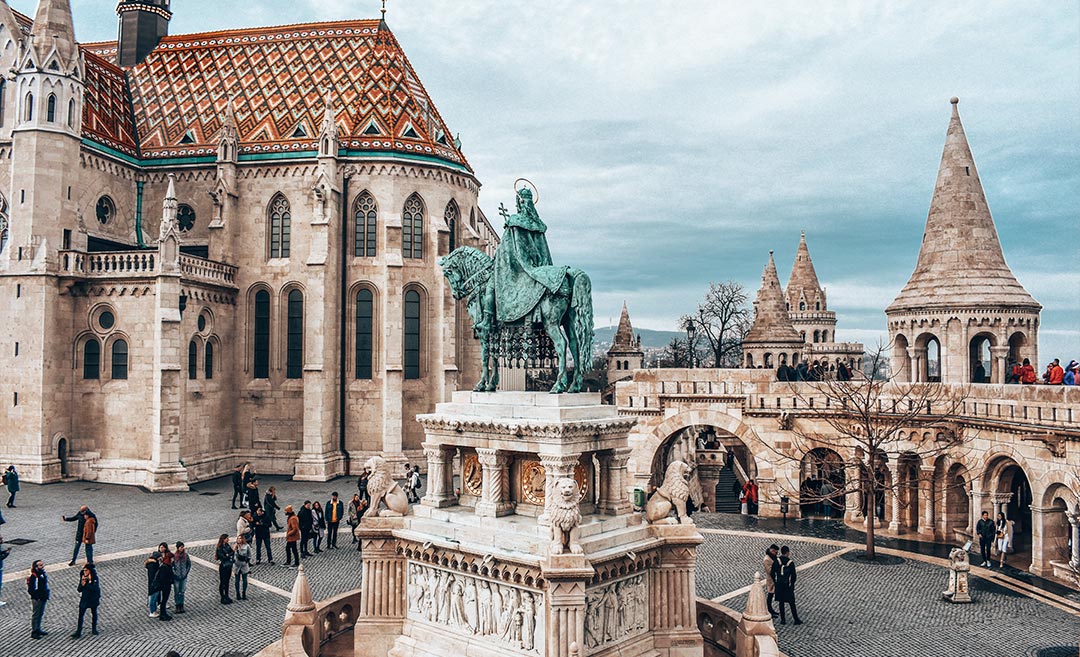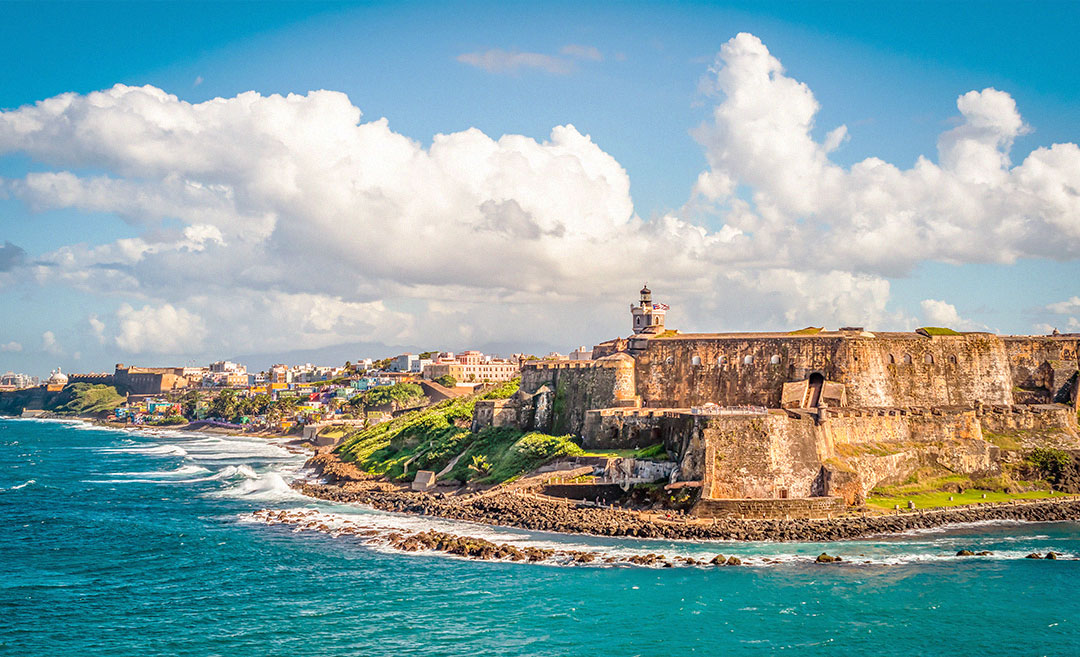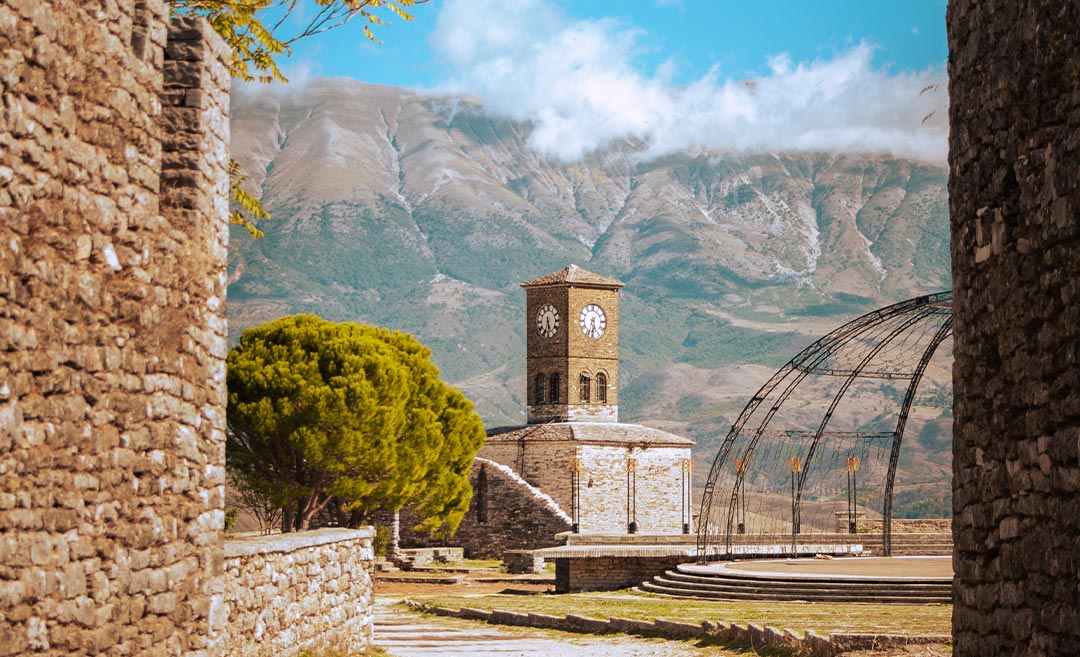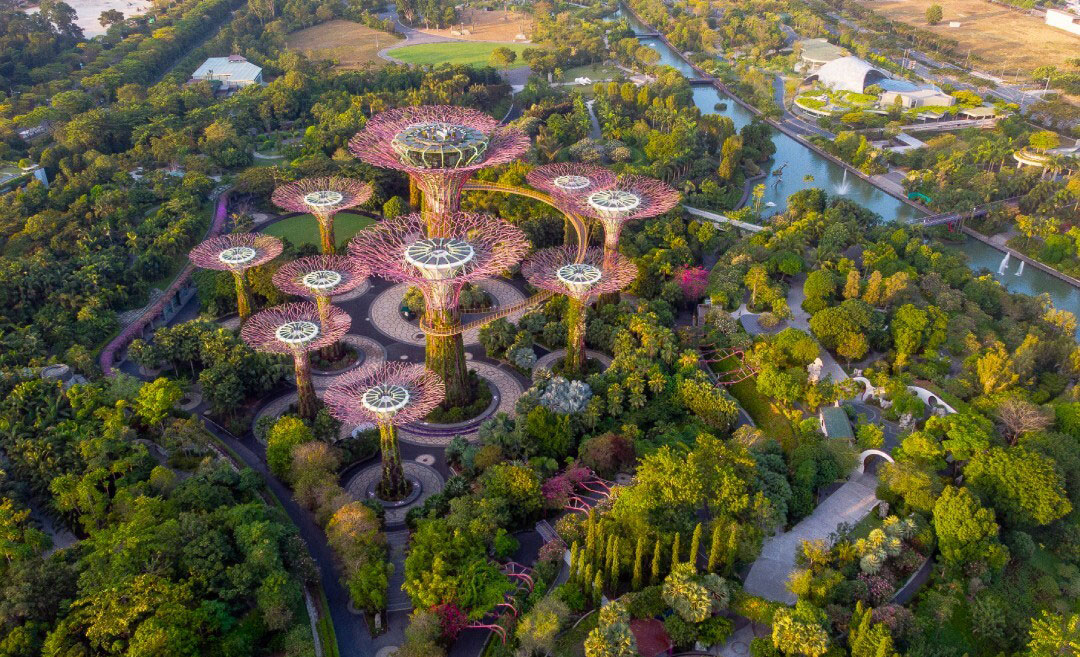Nestled along the graceful curves of the Danube River in Budapest, the “Pearl of the Danube” stands as a testament to time, history, and the indomitable spirit of Hungary. With its grand architecture, rich traditions, and tales as old as time, the city beckons travellers from every corner of the globe.
As the capital’s cobblestone streets weave stories of empires, revolutions, and rebirth, each turn offers a new adventure. Whether you’re a history aficionado, an architecture enthusiast, or simply a curious wanderer, Budapest’s allure is undeniable.
Our list delves into the top 10 must-visit spots that encapsulate the very essence of Budapest, ensuring that every visitor’s experience is nothing short of magical. For an enhanced exploration and more insights into this captivating city, visit this online hub of Budapest tours. So, tighten your laces, ready your camera, and let’s embark on an unforgettable journey through the heart of Hungary’s crown jewel.
Buda Castle & Castle Hill
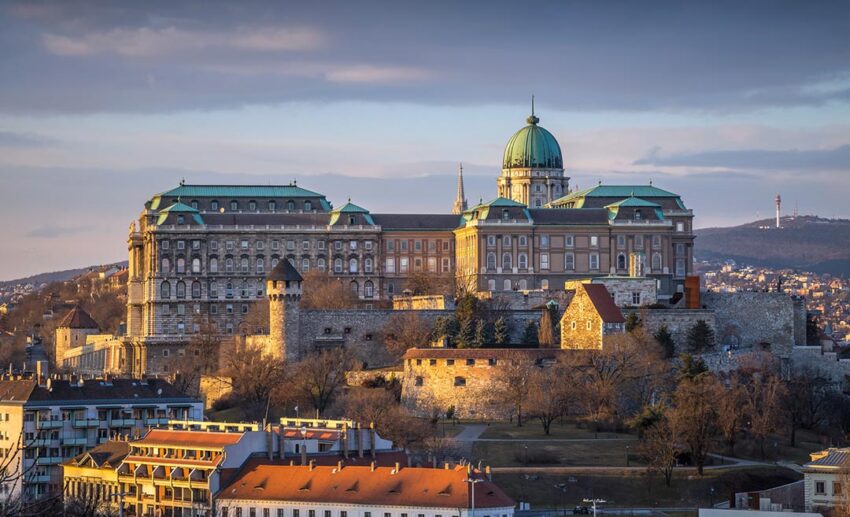
A regal beacon overlooking Budapest
Perched majestically above the city on the west bank of the Danube, Buda Castle is not just a historical monument but the symbolic heart of the Hungarian nation.
Initially built in the 13th century as a royal residence, the castle has seen countless transformations, bearing witness to battles, reconstructions, and changing dynasties.
Historical tapestry
Originally designed to protect the city from Mongol invasions, the castle complex expanded and evolved over the centuries. Through Gothic archways and Baroque facades, Buda Castle narrates tales of medieval kings, Ottoman pashas, and the Austro-Hungarian Empire. The castle’s history is a microcosm of Budapest itself––enduring, resilient, and ever-evolving.
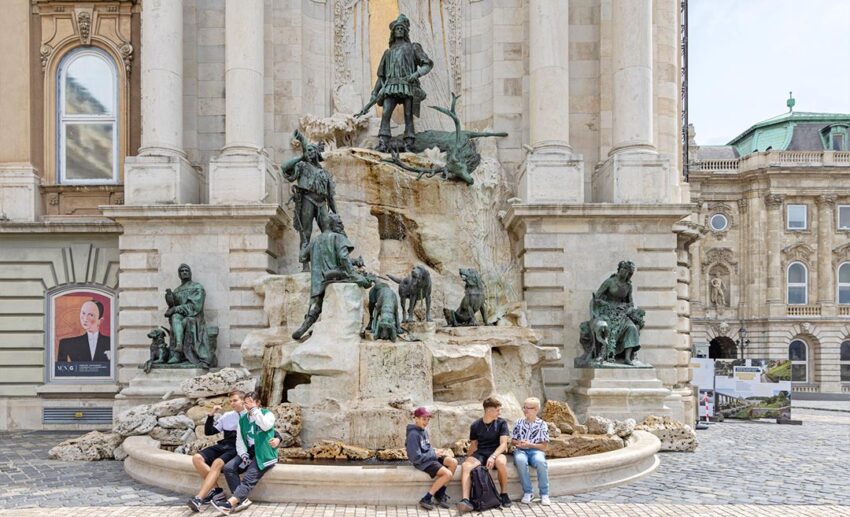
What to explore
- The Royal Palace: Now housing the National Gallery and the Budapest History Museum, the palace offers an impressive collection of Hungarian art and detailed exhibits tracing the city’s past.
- The Lion Courtyard: Named for its iconic stone lions, this is a perfect spot to enjoy panoramic views of the city.
- Matthias Fountain: A beautiful neo-Renaissance sculpture depicting King Matthias on a hunt, capturing a moment from Hungarian folklore.
Parliament Building
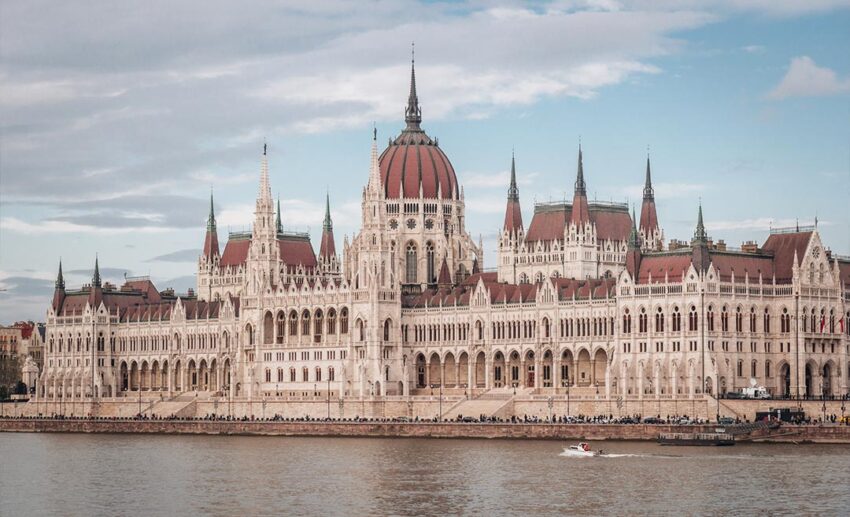
An architectural marvel by the Danube
Rising majestically along the banks of the Danube, the Hungarian Parliament Building is a testament to the nation’s grandeur and ambition. Its neo-Gothic spires, grand arches, and intricate details make it one of Europe‘s most stunning architectural masterpieces.
Historical insights
Conceived in the late 19th century as part of the nation’s millennium celebrations, the Parliament Building was intended to reflect Hungary’s pride and prominence. The design, inspired by the British Houses of Parliament, was the work of Imre Steindl, who imbued it with a blend of Gothic Revival and Renaissance styles.
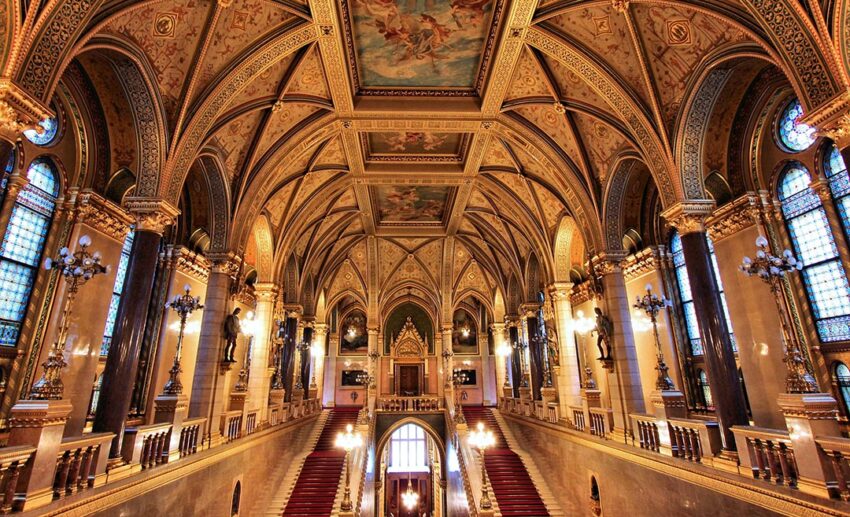
Features and highlights
- The central dome: Towering at nearly 96 meters, it symbolises Hungary’s age during its 1896 millennium celebrations.
- Crown jewels: Safeguarded within its walls are Hungary’s Crown Jewels, including the revered Crown of St. Stephen.
- Lavish interiors: Visitors can marvel at the stunning frescoes, gilded ornamentation, and sumptuous use of marble and precious stones.
- Statues and art: The corridors and halls are adorned with statues of Hungarian monarchs and military heroes, celebrating the nation’s rich history.
Fisherman’s Bastion & Matthias Church
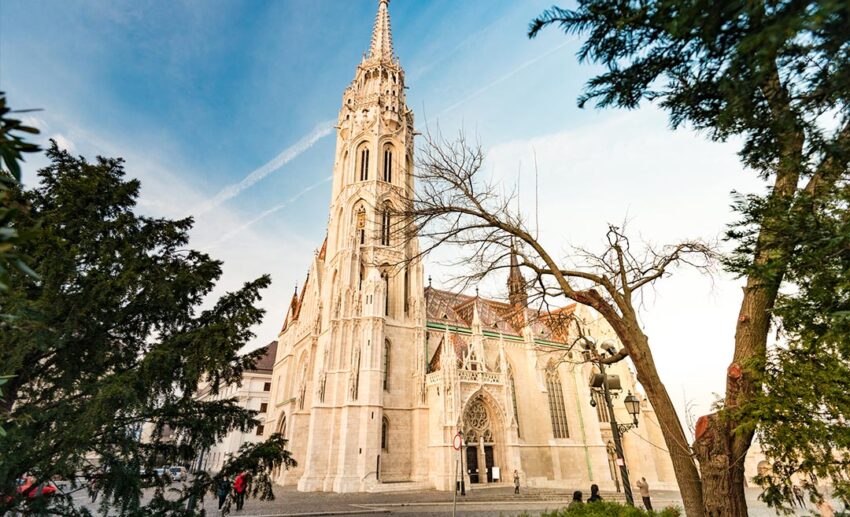
An enchanted lookout: where history meets fairytales
Set atop Castle Hill, the terraces of Fisherman’s Bastion and the spires of Matthias Church create a dreamlike panorama, transporting visitors to a world that blurs the lines between myth and reality.
Historical backdrop
The Fisherman’s Bastion, named after the fishermen who once defended this stretch of the city walls, was constructed in the late 19th century as a viewing terrace. With its turrets and parapets resembling a storybook castle, it offers sweeping vistas of the Danube and Pest.
Adjacently, Matthias Church, with its origins dating back to the 11th century, has been the backdrop to many significant events in Hungarian history, from royal coronations to pivotal battles.
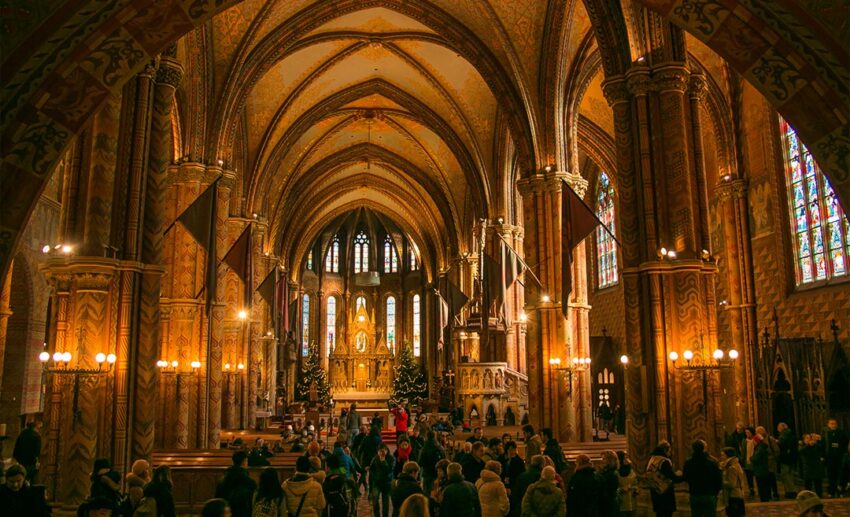
Features and highlights
- Neo-Romanesque terraces: The seven turrets of Fisherman’s Bastion symbolise the seven Magyar tribes that founded Hungary in the 9th century.
- Matthias Church’s architecture: A stunning blend of Gothic and Baroque styles, diamond-patterned roof tiles and rose windows are particularly noteworthy.
- Church interiors: Frescoes, stained glass windows, and a replica of the Crown of St. Stephen can be admired inside.
- Panoramic views: From the Fisherman’s Bastion, one can capture unparalleled views of the Parliament Building, Margaret Island, and the Chain Bridge.
The Chain Bridge
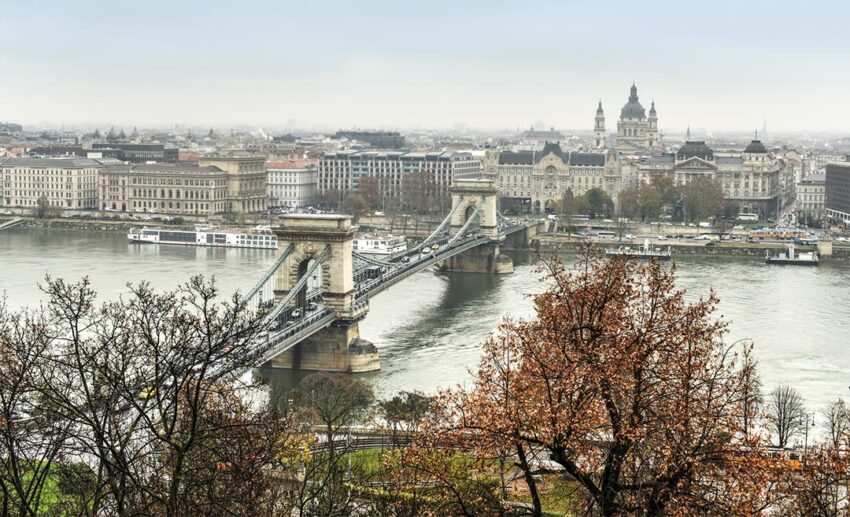
Bridging two worlds: The iconic link of Buda and Pest
Straddling the shimmering waters of the Danube, the Chain Bridge stands as a proud symbol of unity, resilience, and architectural prowess. Serving as Budapest’s first permanent bridge, it seamlessly links the historic hills of Buda with the vibrant flatlands of Pest.
Historical essence
Inaugurated in 1849, the Chain Bridge, or Széchenyi Lánchíd, was a vision brought to life by Count István Széchenyi, one of Hungary’s greatest statesmen. Designed by English engineer William Tierney Clark and supervised by Scottish engineer Adam Clark (no relation), the bridge marked a pivotal step in the city’s development, transforming it into a cohesive metropolis.
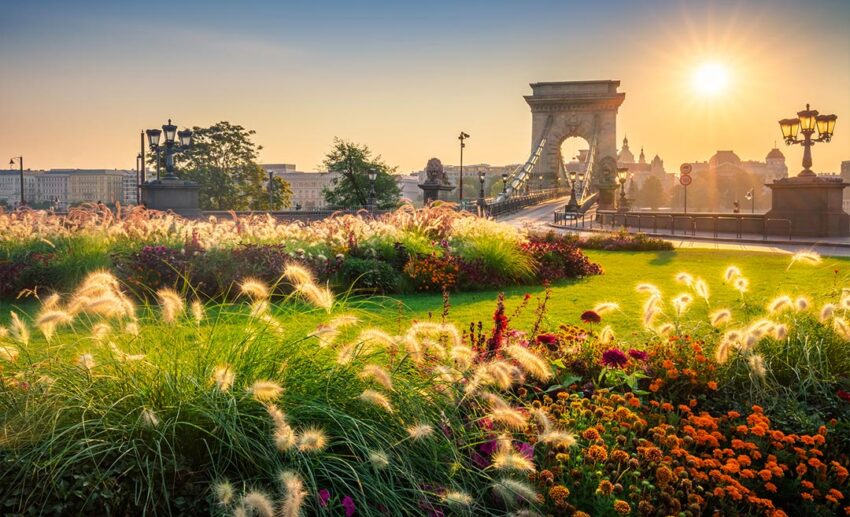
Visiting tips
- For photographers, dusk presents an ideal time, with the bridge illuminated against a backdrop of the setting sun.
- Weekends occasionally see the bridge turned pedestrian-only, offering a serene walking experience.
- Nearby, the zero-kilometre stone marks the reference point from which all road distances to Budapest are measured.
Heroes’ Square & City Park
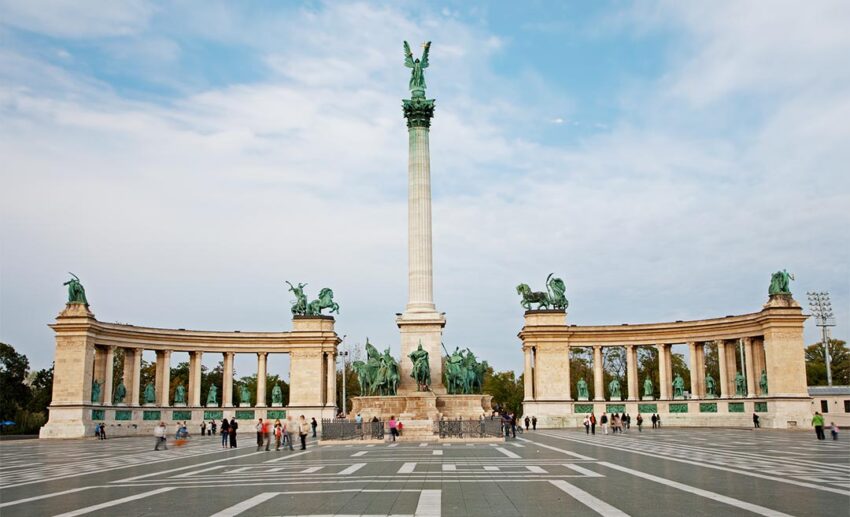
Monuments, legends, and green retreats: celebrating Hungary’s legacy
At the end of Budapest’s grand Andrássy Avenue, the vast expanse of Heroes’ Square and the lush tranquillity of City Park emerge. Together, they offer a tribute to Hungarian legends and a refreshing urban escape.
Historical canvas
Established to commemorate the 1000th anniversary of the Magyar conquest of the Carpathian Basin in 1896, Heroes’ Square is one of Budapest’s largest and most symbolic squares. Flanked by the Museum of Fine Arts and the Palace of Art, its central focus is the Millennium Monument, which honours key figures of Hungarian history.

